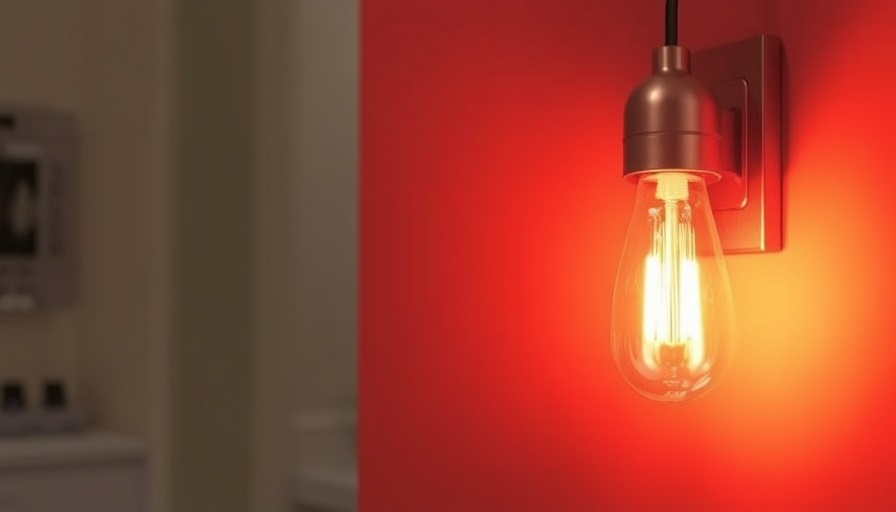
The Hidden Potential of Attic Spaces
Transforming a rarely utilized attic into living space is not just about increasing square footage—it's about enhancing the functionality and value of your home. Especially in urban settings like London, where space is at a premium, an attic conversion can yield incredible benefits. Homeowners can create additional bedrooms, home offices, or leisure areas that align with modern living needs, all while increasing property value.
Understanding Structural Integrity and Building Codes
Before embarking on an attic transformation, it's essential to thoroughly investigate the structural requirements specific to your home. Consult a structural engineer to assess the existing framework and ensure it can sustain the additional weight of renovated spaces. London’s building regulations stipulate that all loft conversions comply with safety codes—these include ceiling height, insulation, and ventilation standards. Ensuring compliance not only secures the safety of your new living area but also streamlines the approval process with local authorities.
Insulation: The Key to Comfort and Efficiency
A significant consideration in any attic conversion is insulation, particularly in the unique climate circumstances of London. Proper insulation minimizes energy loss—keeping heated air in during winter months and shielding against summer heat. Utilizing eco-friendly materials such as cellulose or sheep's wool can enhance thermal performance while being gentle on the environment. These insulation options not only contribute to a sustainable approach but also help maintain a comfortable indoor climate year-round.
Natural Light and Ventilation Strategies
One of the most compelling changes you can incorporate into your attic renovation is the installation of skylights or venting windows. Skylights provide natural light, which is crucial in transforming what can often feel like a cramped and dark space into a warm, inviting area. Proper ventilation is similarly vital, especially in avoiding moisture problems that can arise in attics. Consider incorporating sun tubes or tubular skylights which allow sunlight to penetrate even in dimmer spaces.
A Sustainable Approach to Renovation
With an increasing focus on sustainability in home renovations, consider integrating energy-efficient systems into your attic space. Options such as solar panels, energy-efficient HVAC systems, and smart home technology not only cut down on energy usage but also appeal to eco-conscious buyers in the future. Employing reclaimed materials for flooring or cabinetry can further enhance the sustainable narrative of your renovation.
Common Misconceptions about Attic Conversions
Many homeowners assume that attic renovations are too costly or beyond their means. However, renovations often yield substantial returns on investment, especially in prime London neighborhoods. Another myth is that you need to have a vast attic to make a conversion worthwhile. In fact, thoughtful design can maximize smaller spaces—creating multifunctional areas that cater to varied needs and lifestyles.
Conclusion: Beyond the Basics of Attic Conversion
Transforming an attic into functional living space offers an opportunity to not only create additional rooms but to embody sustainable practices in your home renovation. This process requires careful planning and consideration of structural integrity, energy efficiency, and aesthetic appeal. As the demand for functional and green living spaces continues to grow, embracing the potential of your attic has never been more pertinent.
Ready to transform your underutilized attic into a valuable living space? Start your renovation journey today with a focus on sustainable materials and practices, addressing both your immediate needs and the environmental impact of your home.
 Add Row
Add Row  Add
Add 




Write A Comment